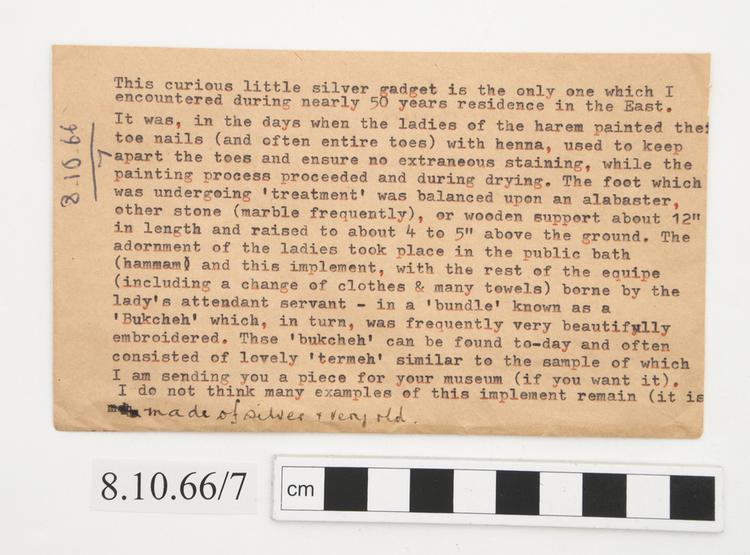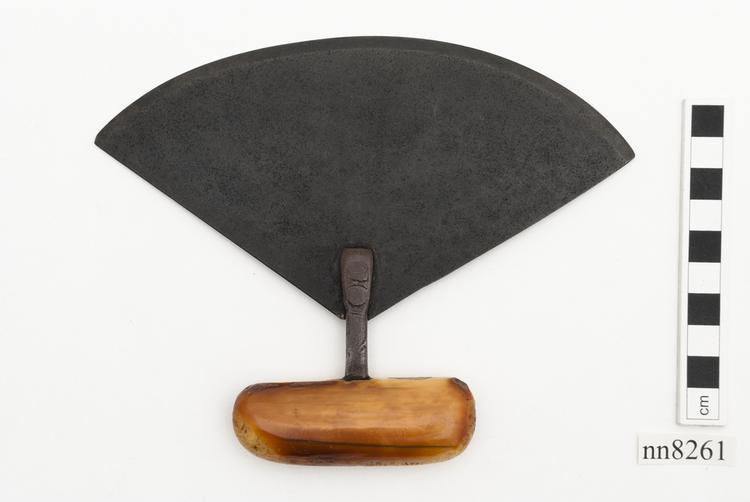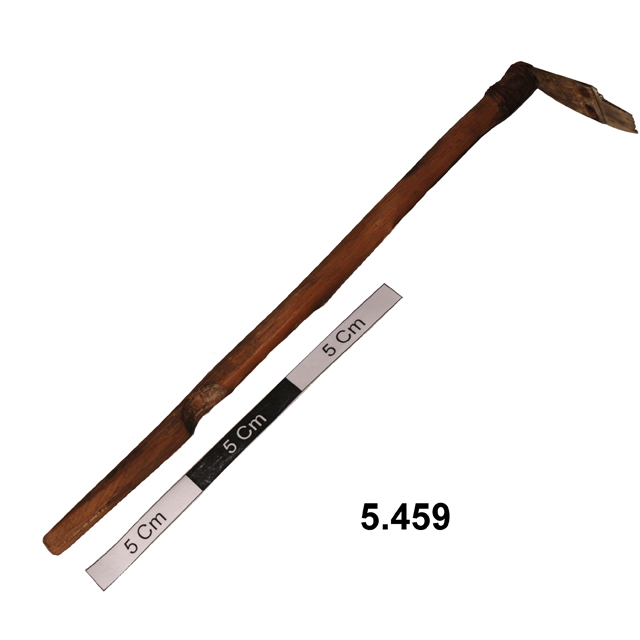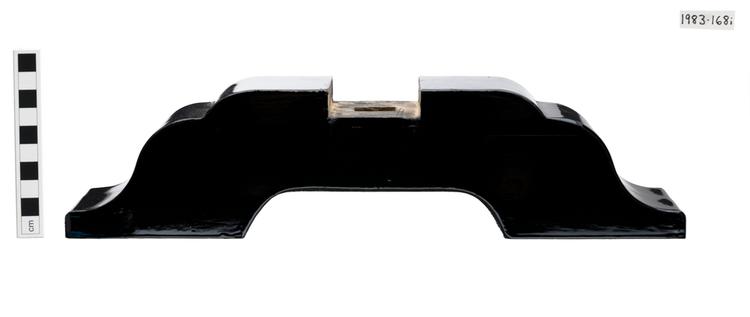
Toe spacer consisting of four slightly tapering cylindrical silver capsules, linked through a loop at the wider end of each capsule to a silver chain.
An accompanying note from the donor, typed on a brown envelope, reads:
'This curious little silver gadget is the only one which I encountered during nearly 50 years residence in the East. It was, in the days when the ladies of the harem painted their toe-nails (and often entire toes) with henna, used to keep apart the toes and ensure no extraneous staining, while the painting process proceeded and during drying. The foot which was undergoing treatment was balanced upon an alabaster, other stone (marble frequently), or wooden support about 12" in length and raised to about 4 to 5" above the ground. The adornment of the ladies took place in the public bath (hammam) and this implement, with the rest of the equipe (including a change of clothes & many towels) borne by the lady's attendant servant - in a bundle known as a 'Bukcheh' which, in turn, was frequently very beautifully embroidered. Thse 'bukcheh' can be found to-day and often consisted of lovely 'termeh' similar to the sample of which I am sending you a piece for your museum (if you want it). I do not think many examples of this implement remain (it is made of silver + very old.'


































































































































































































































































































































































































































































































































